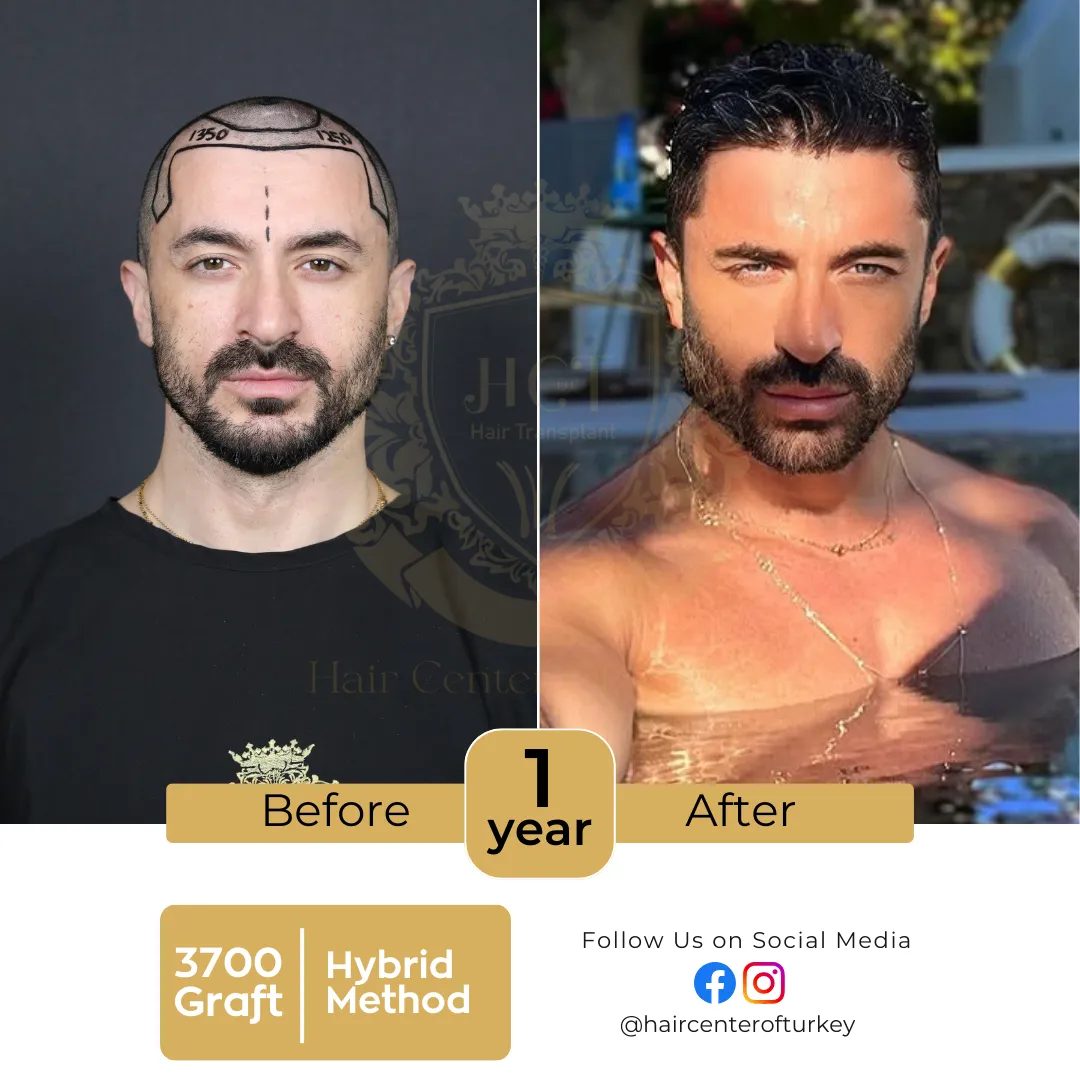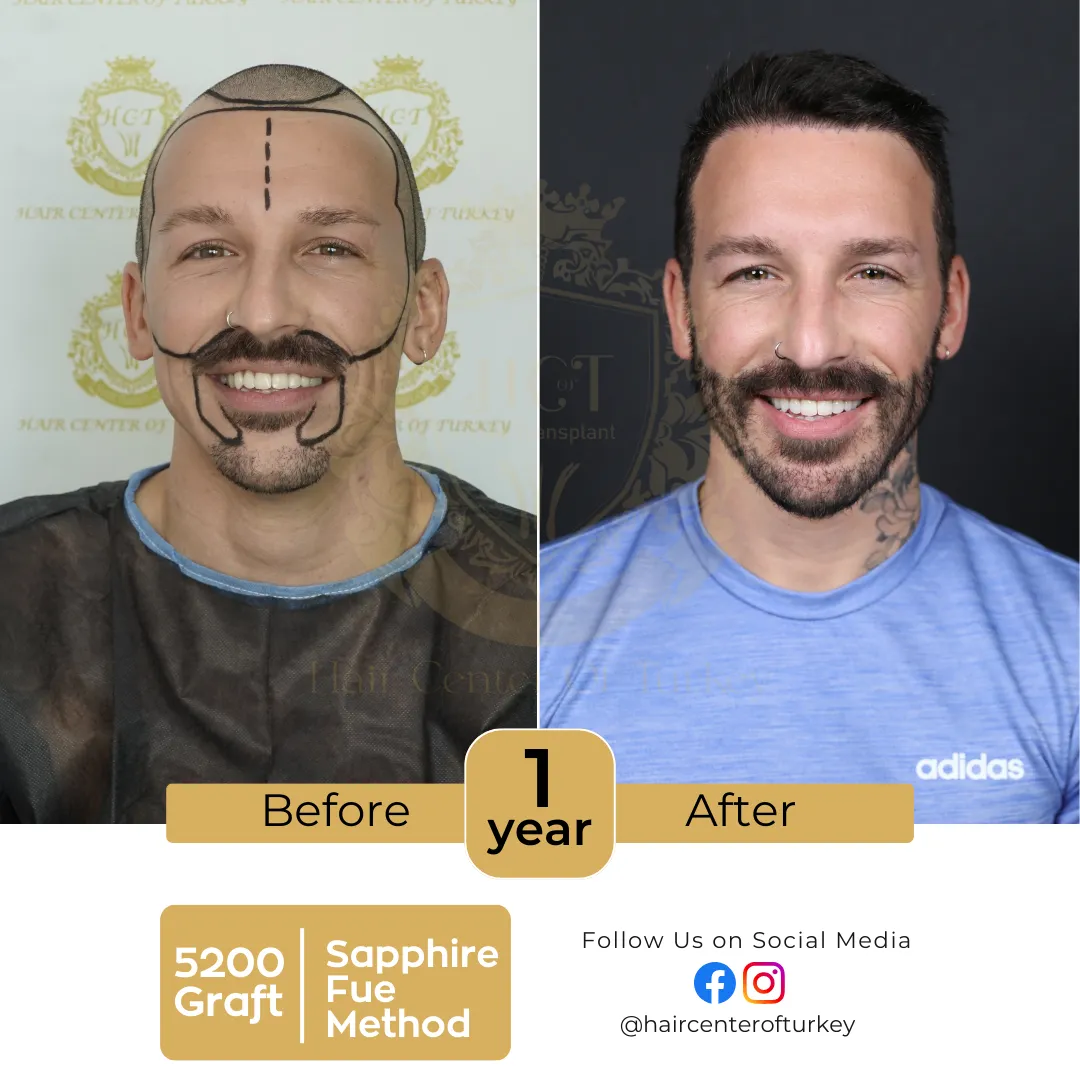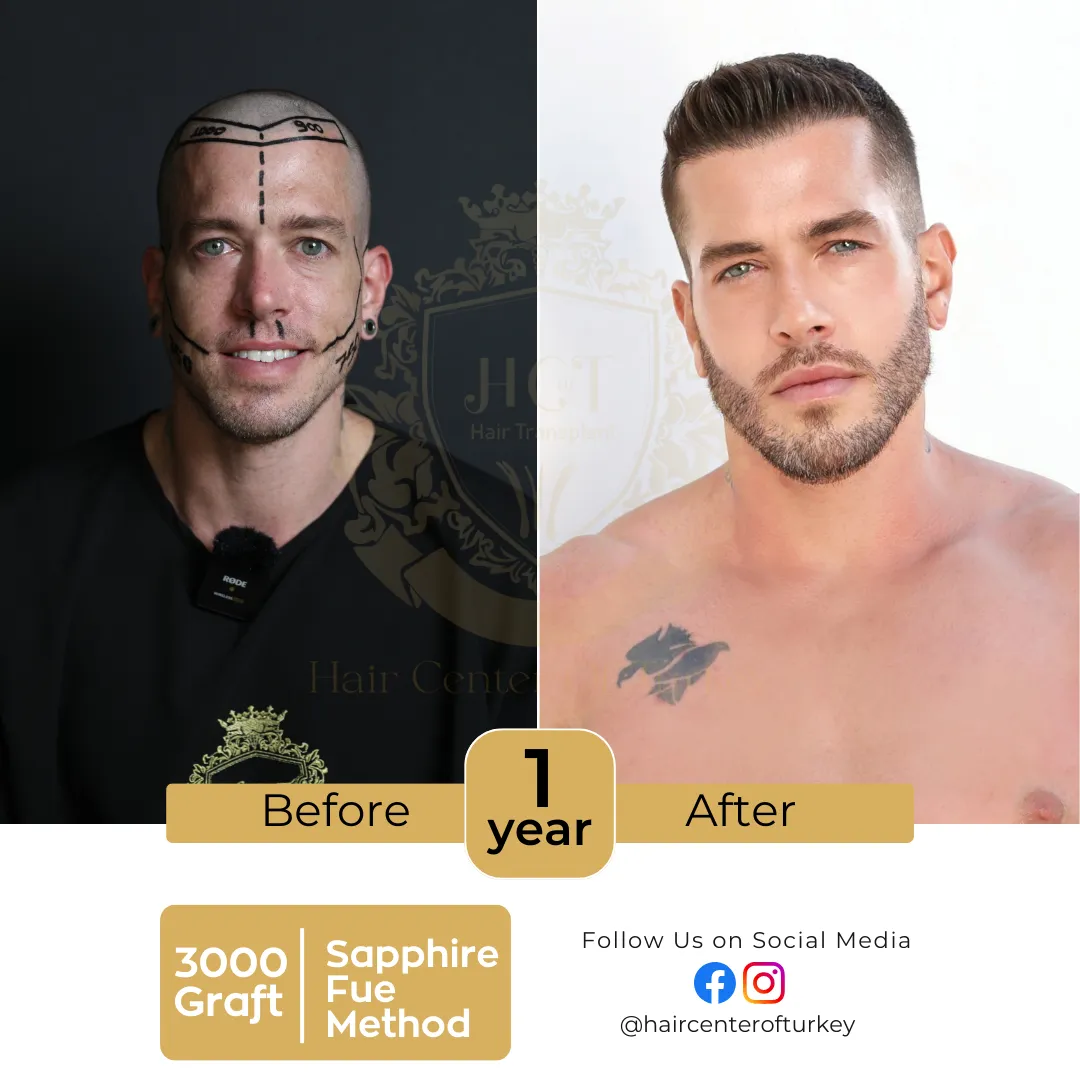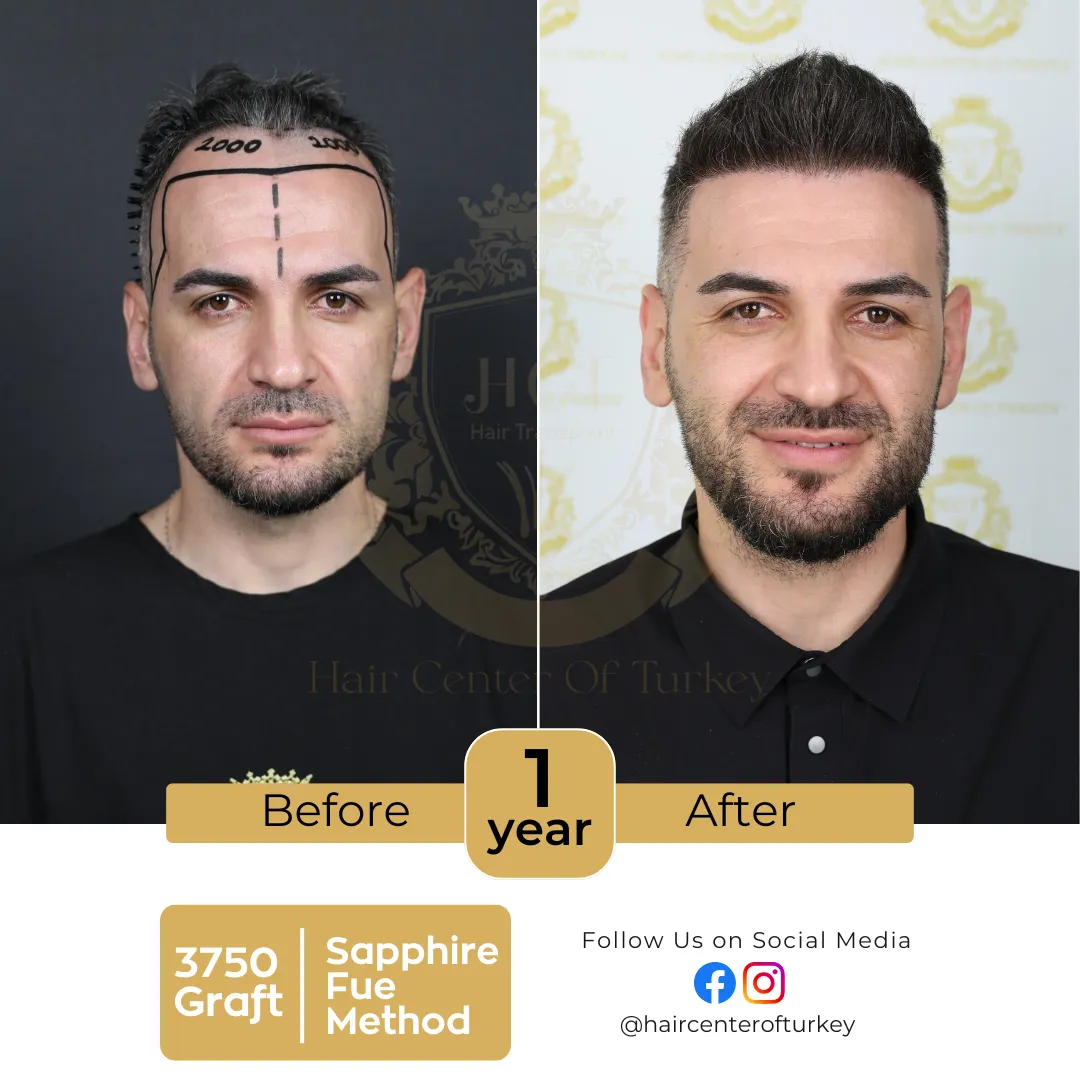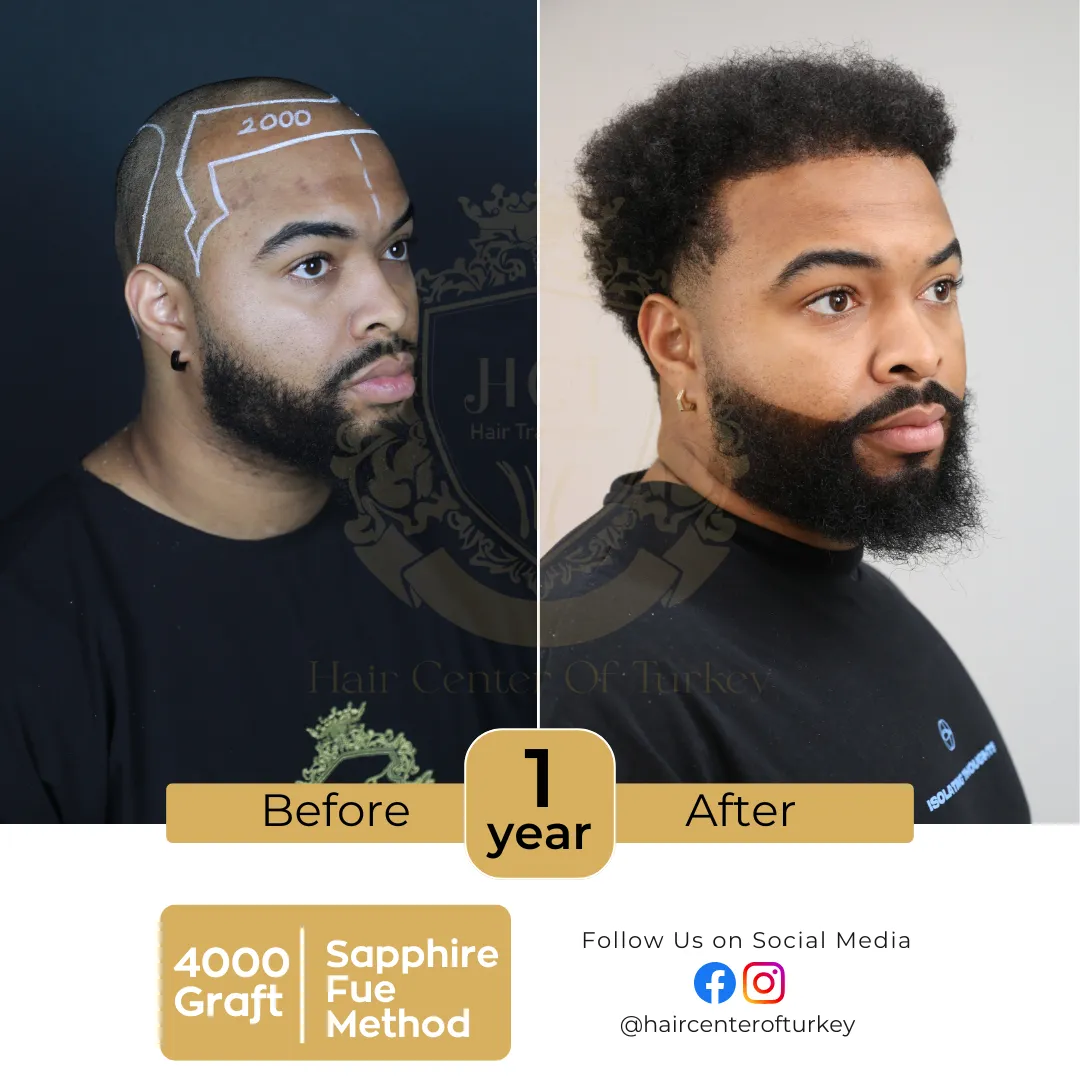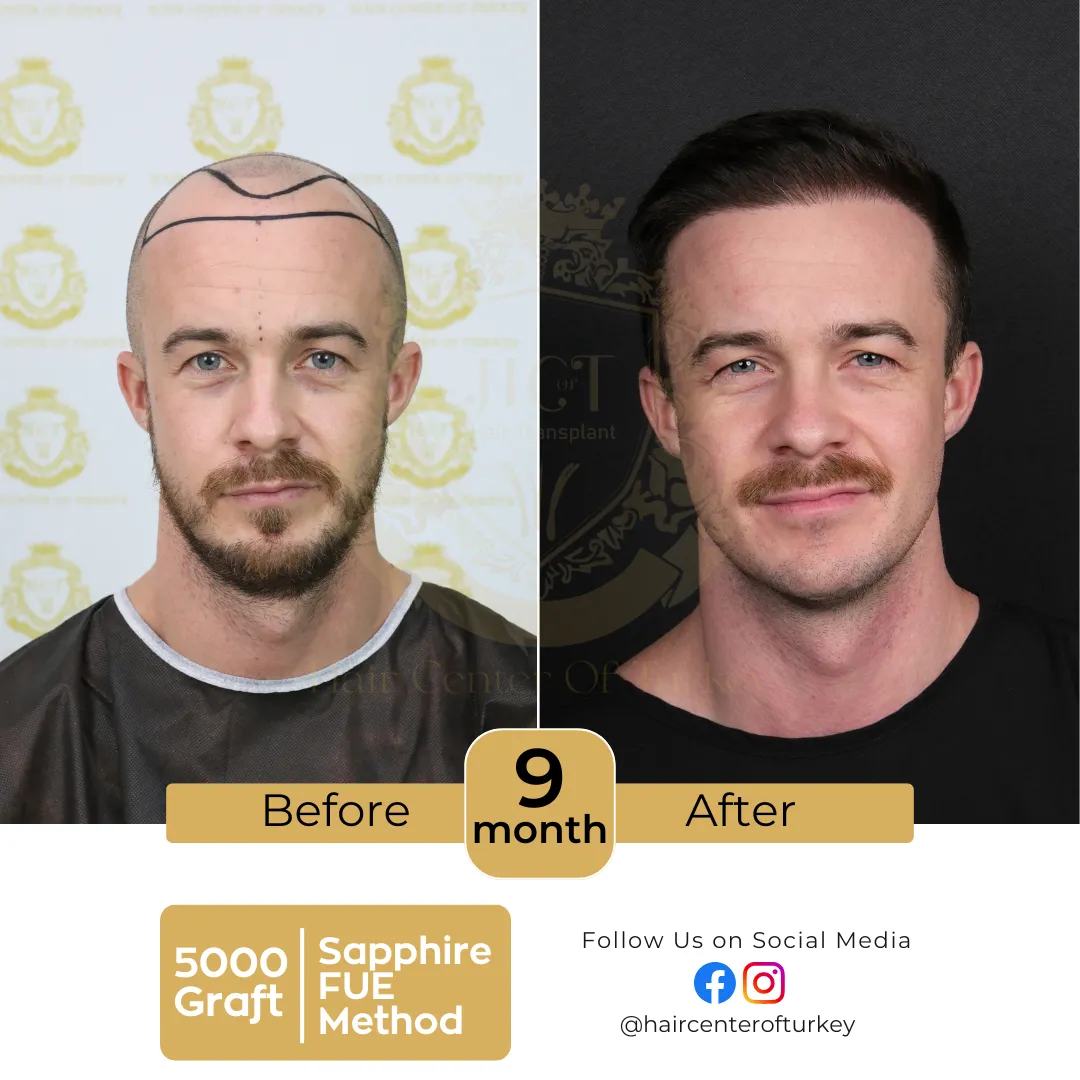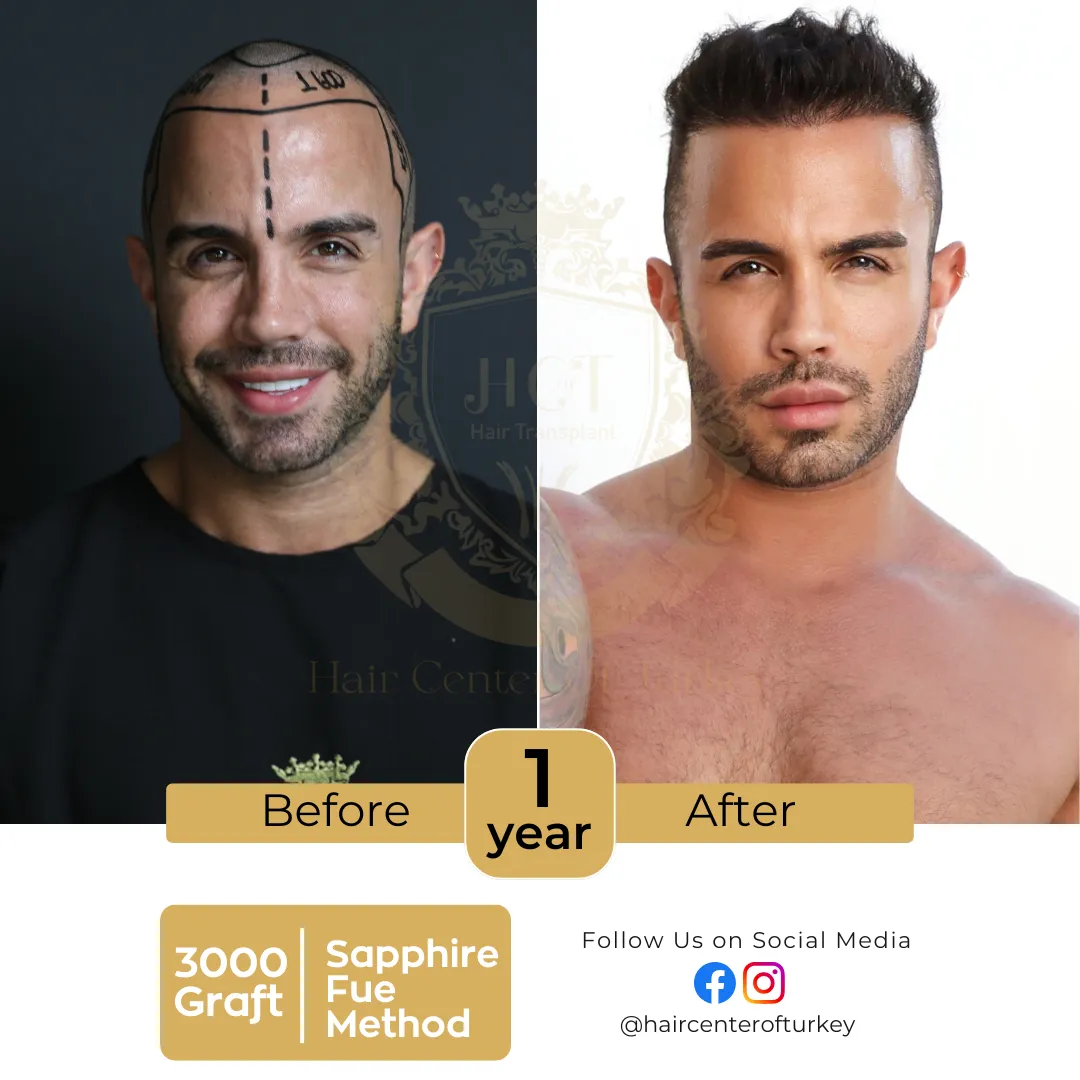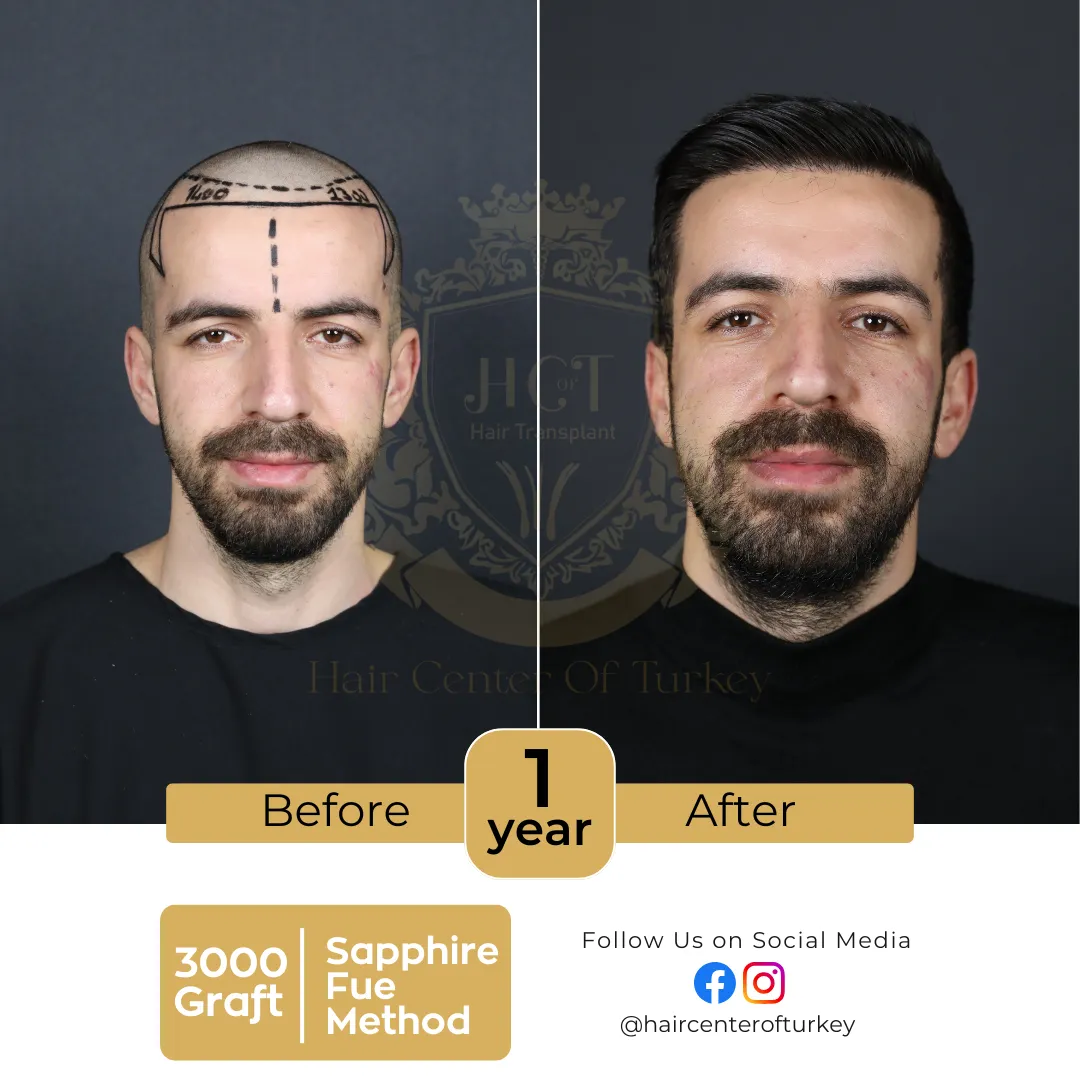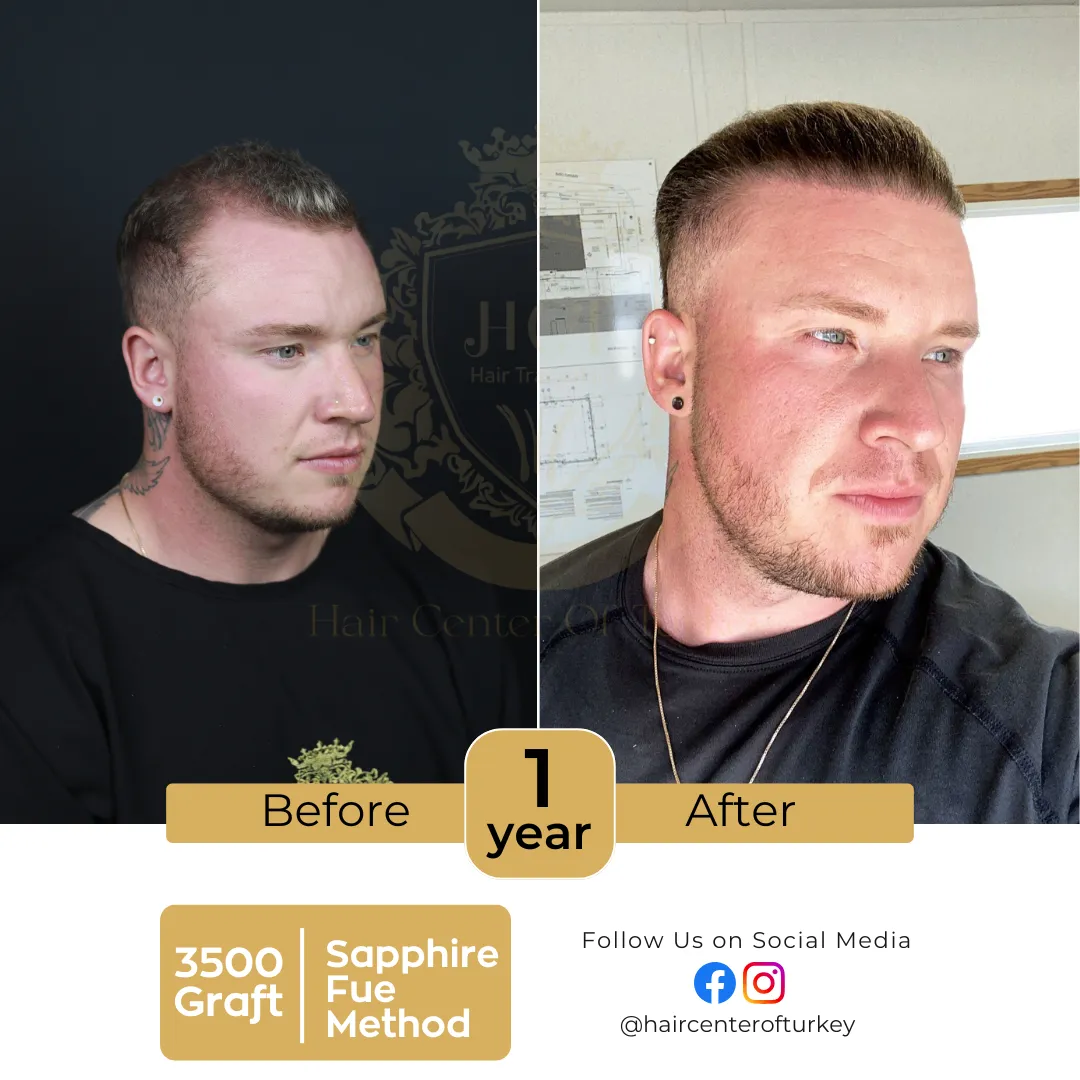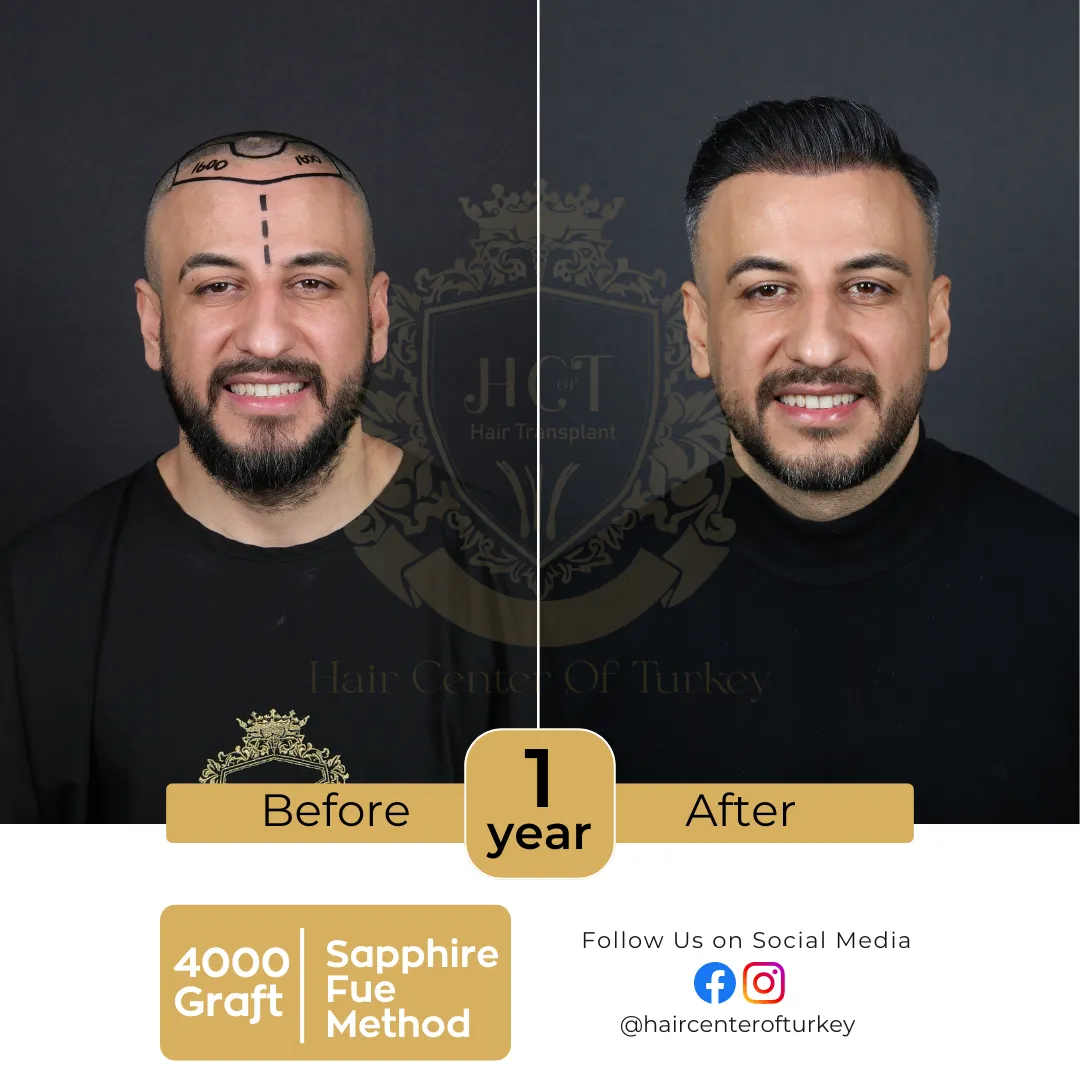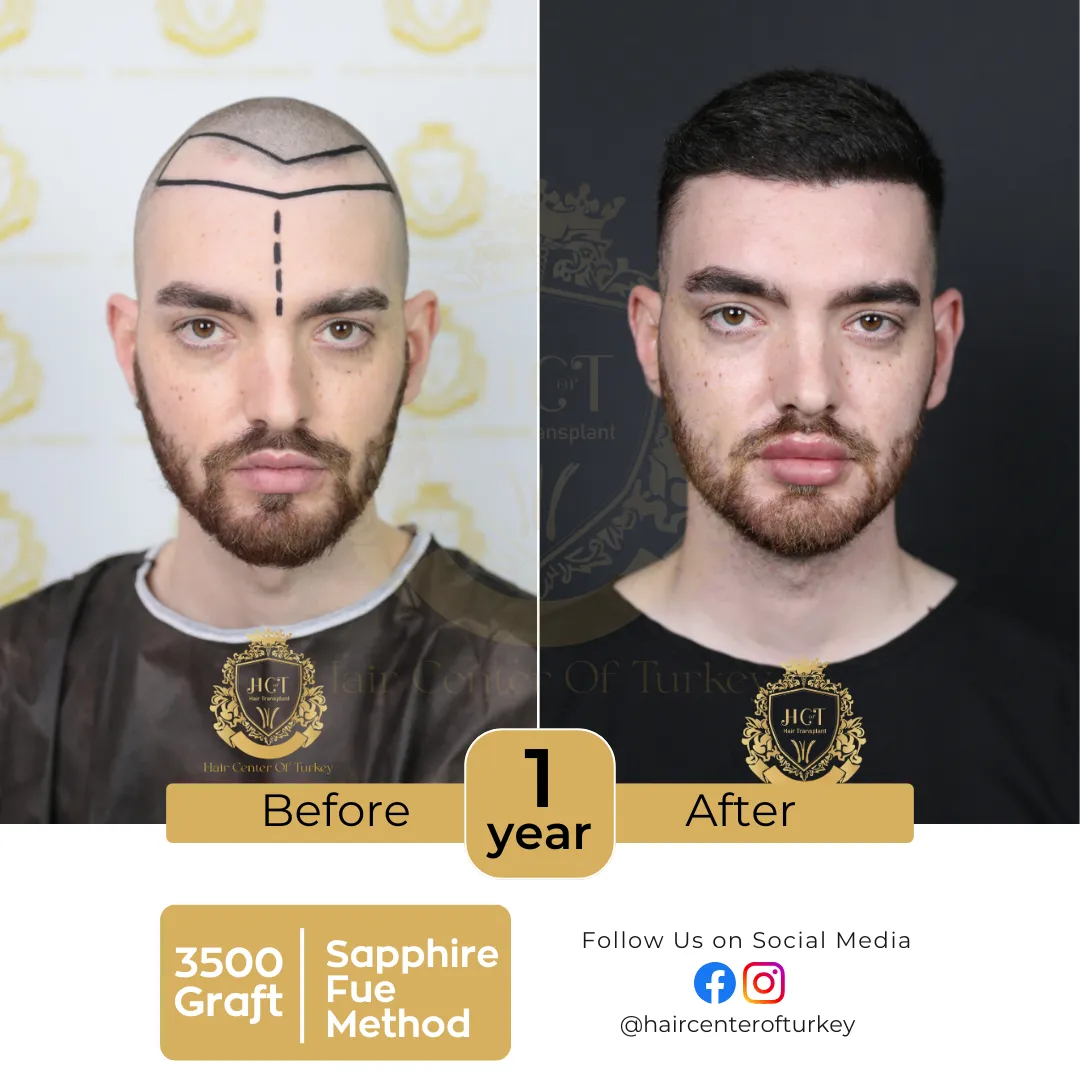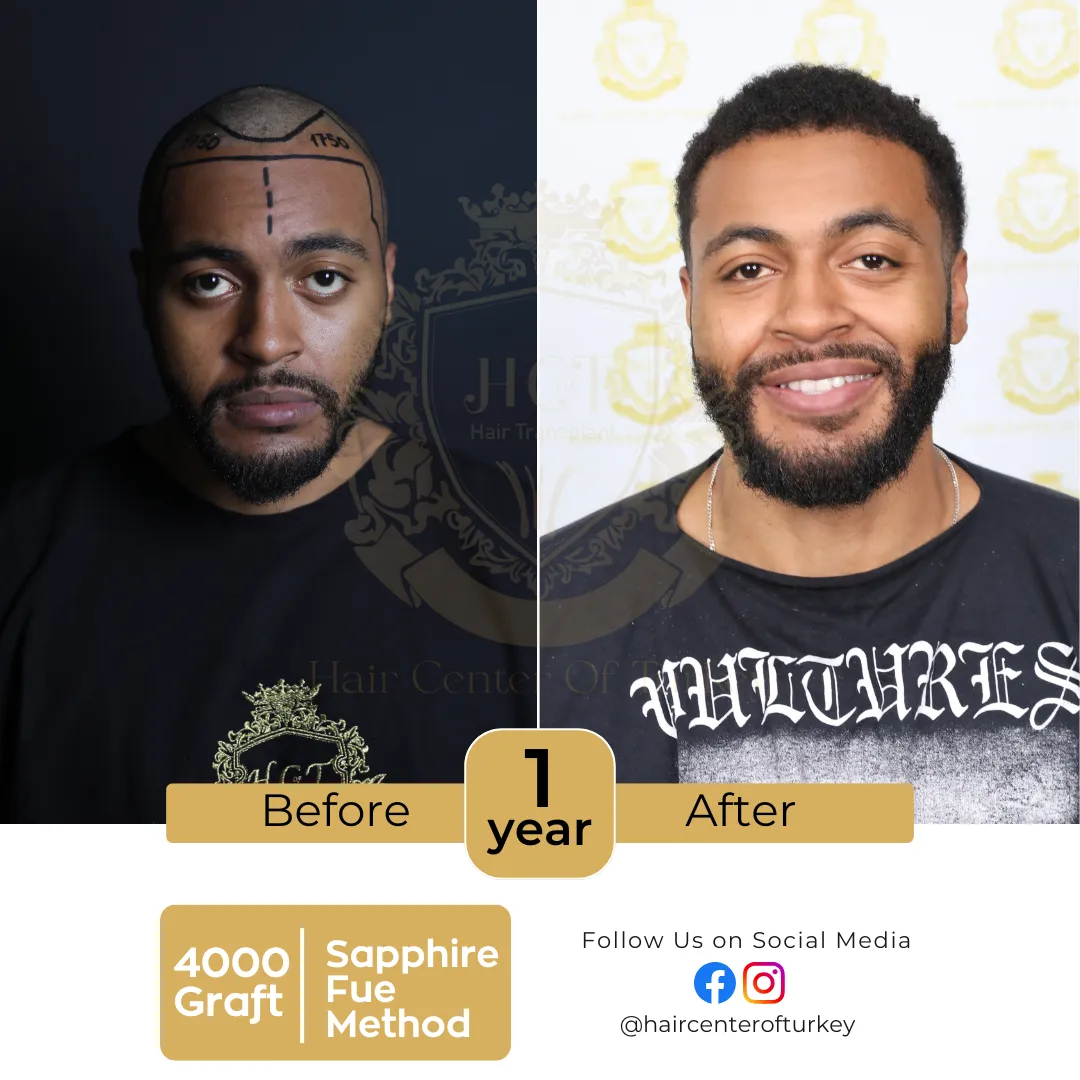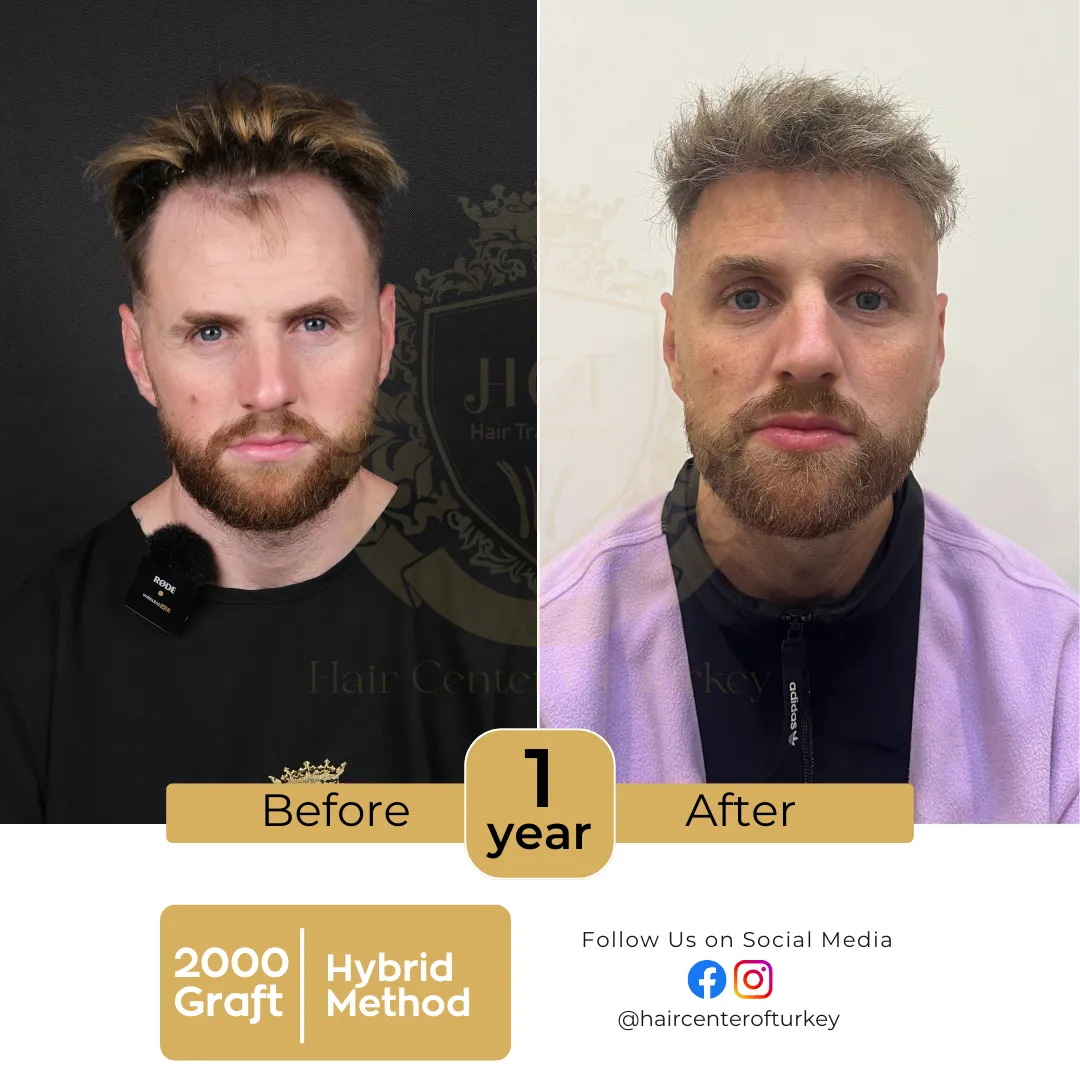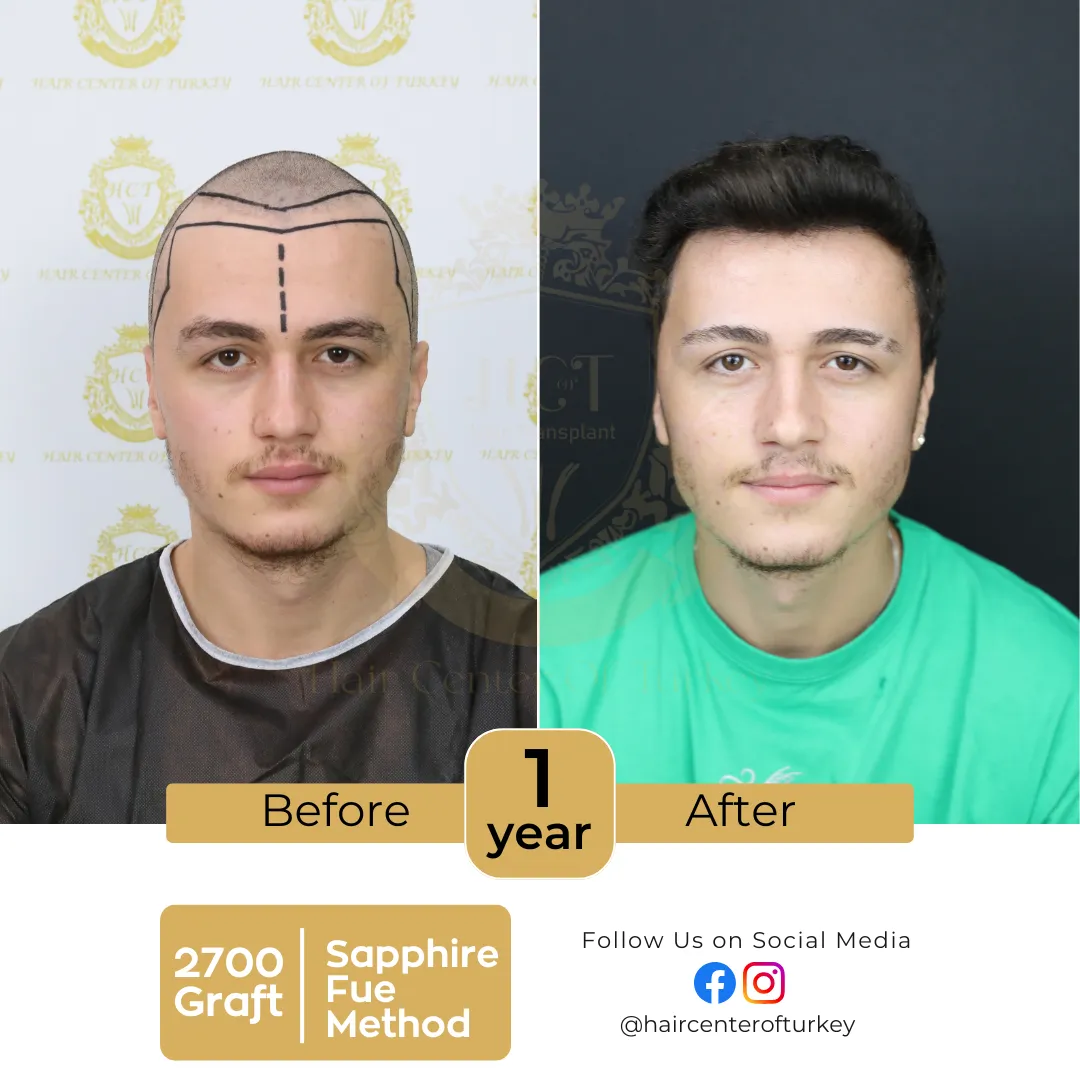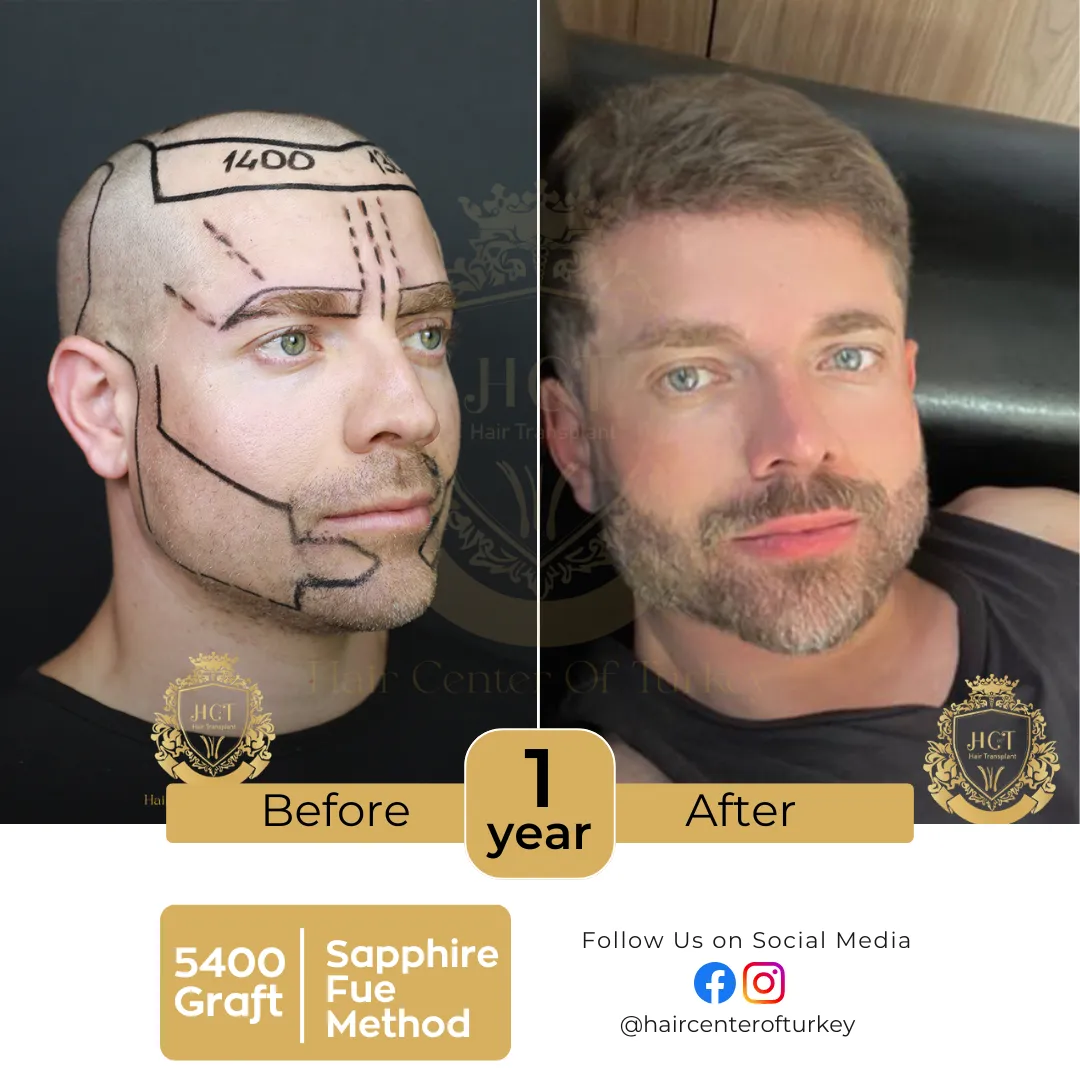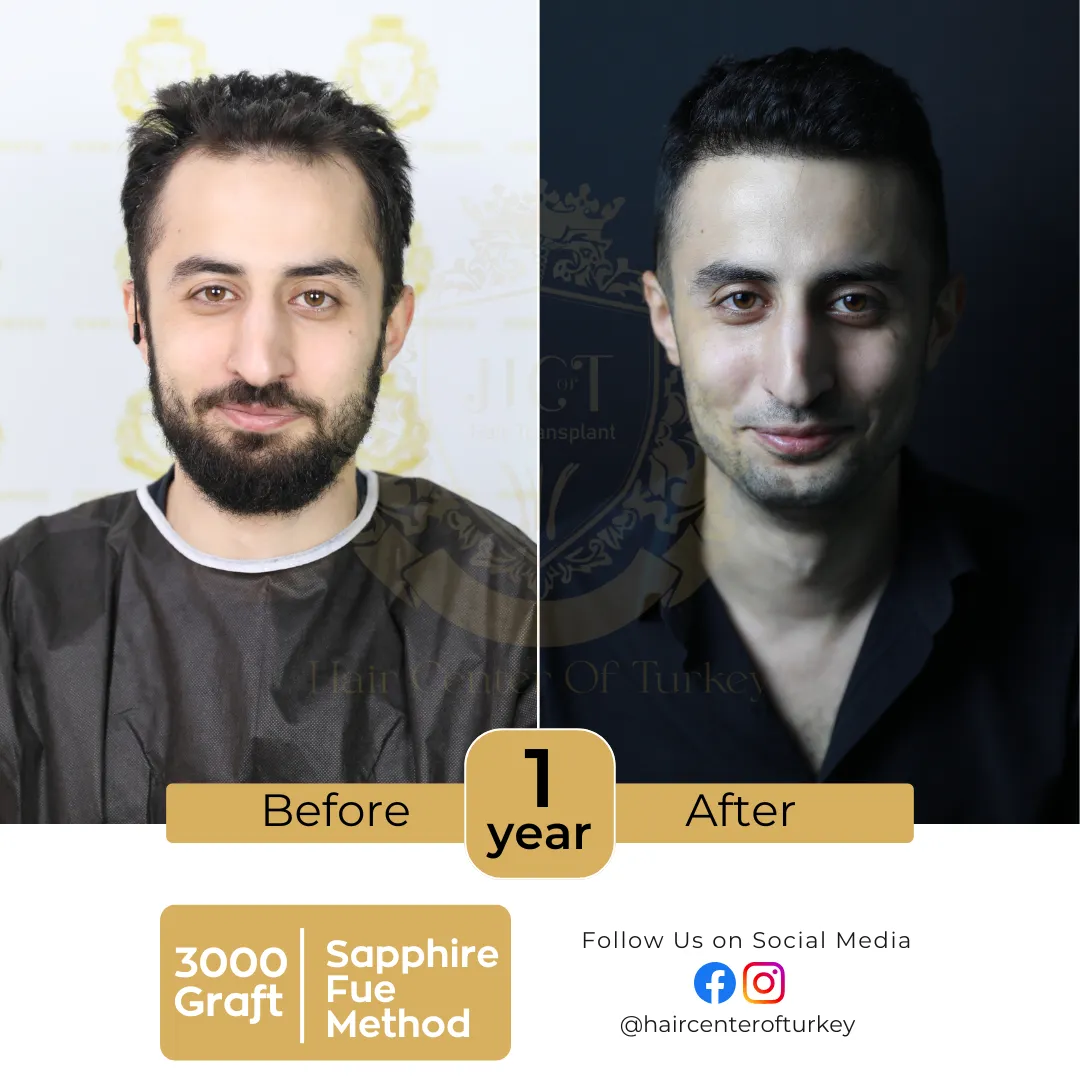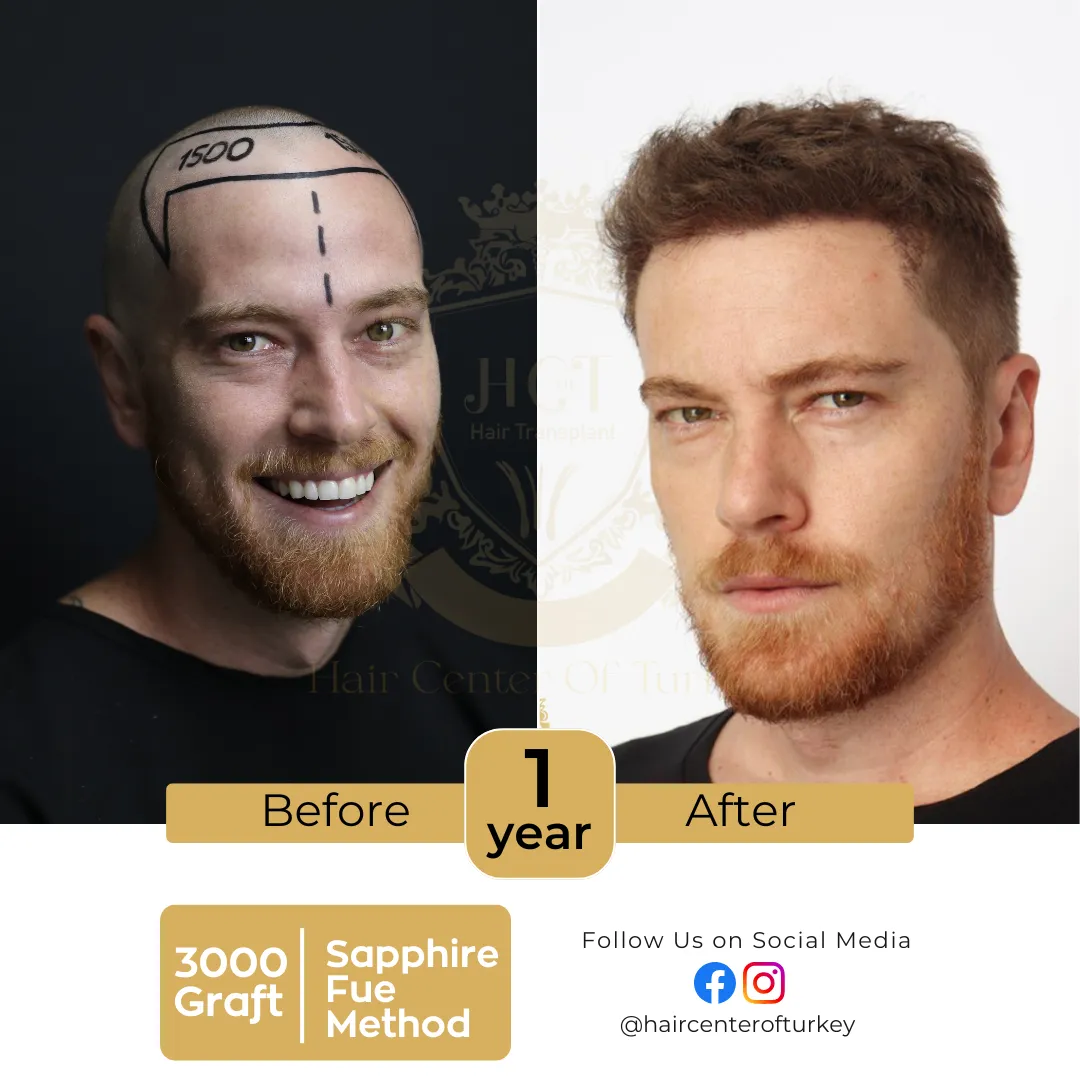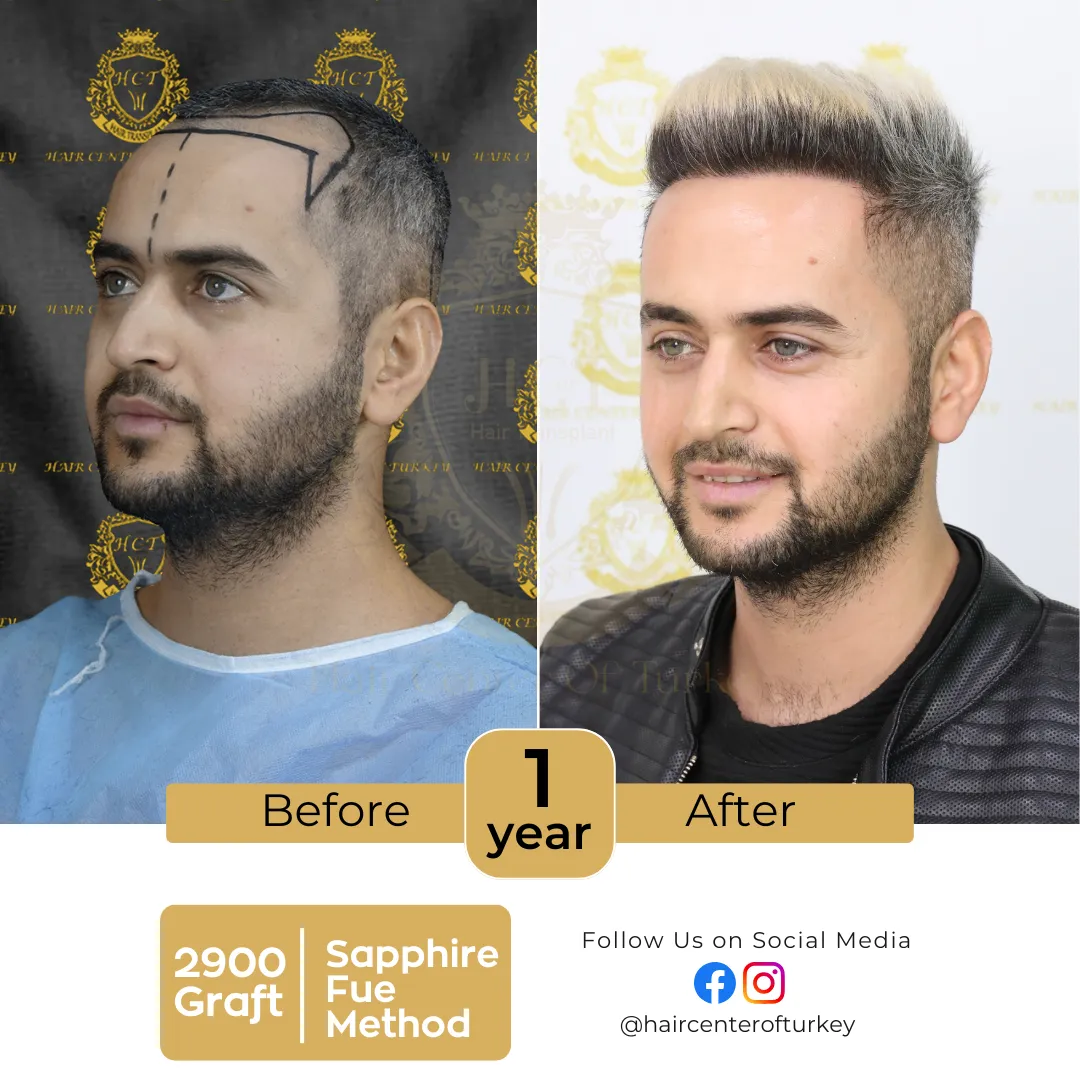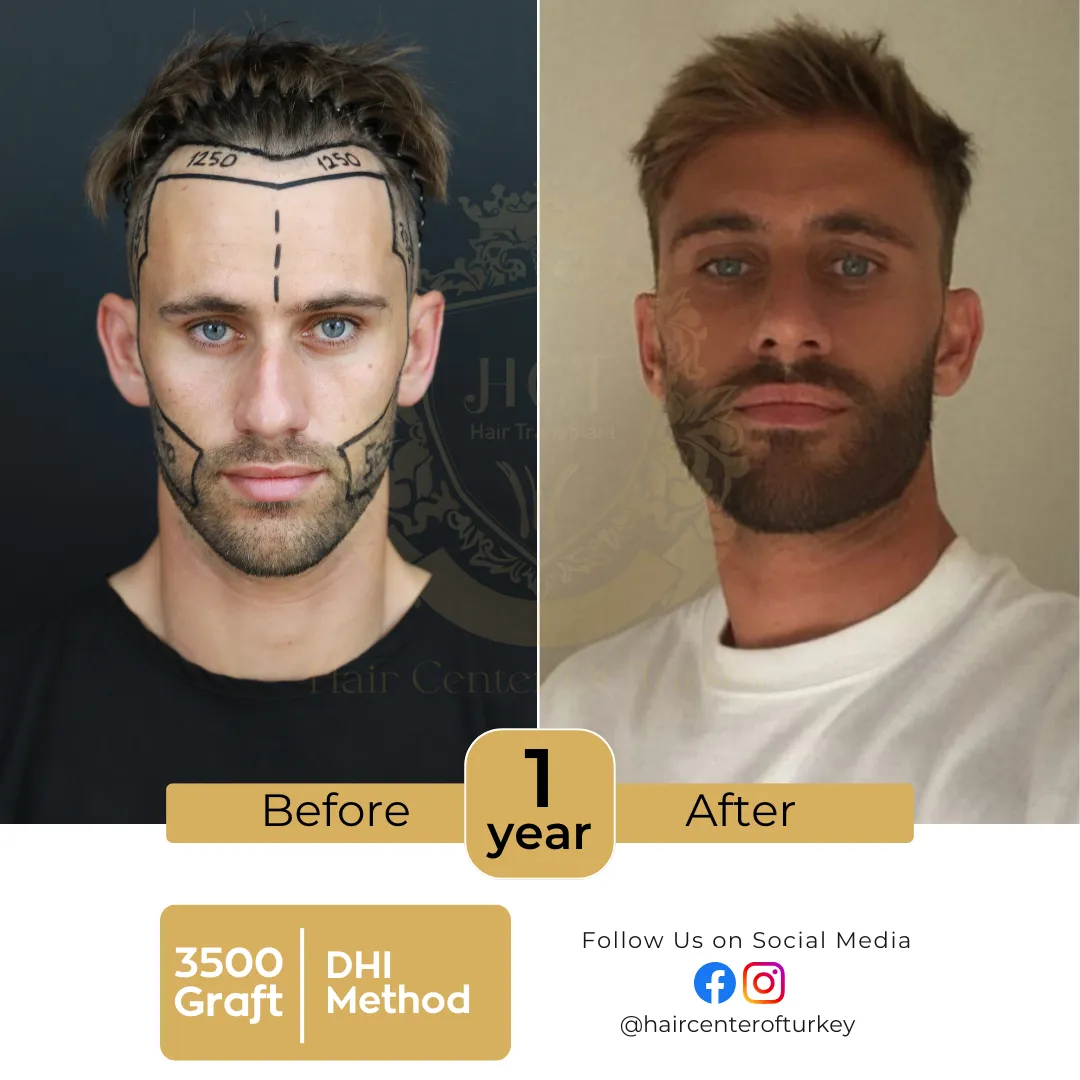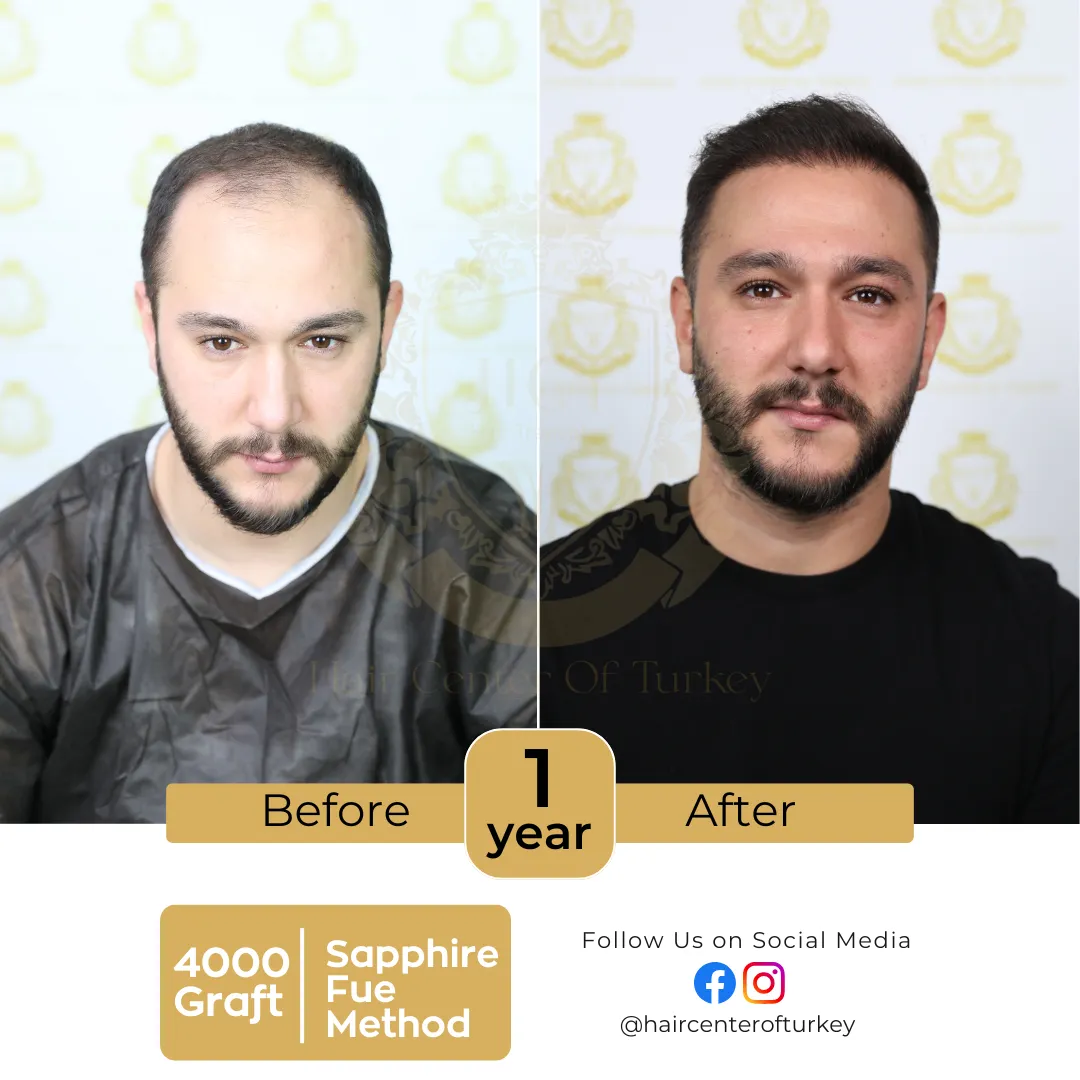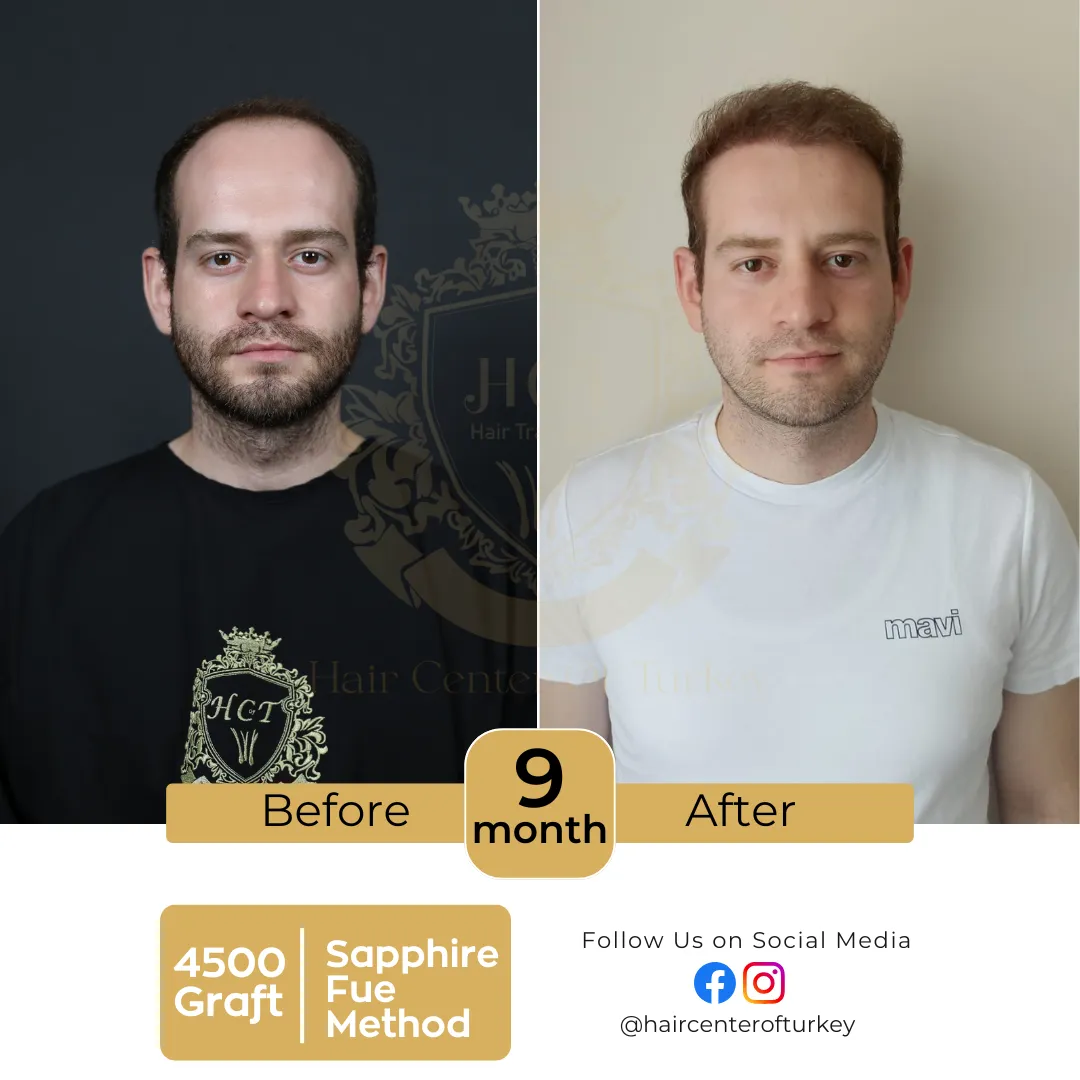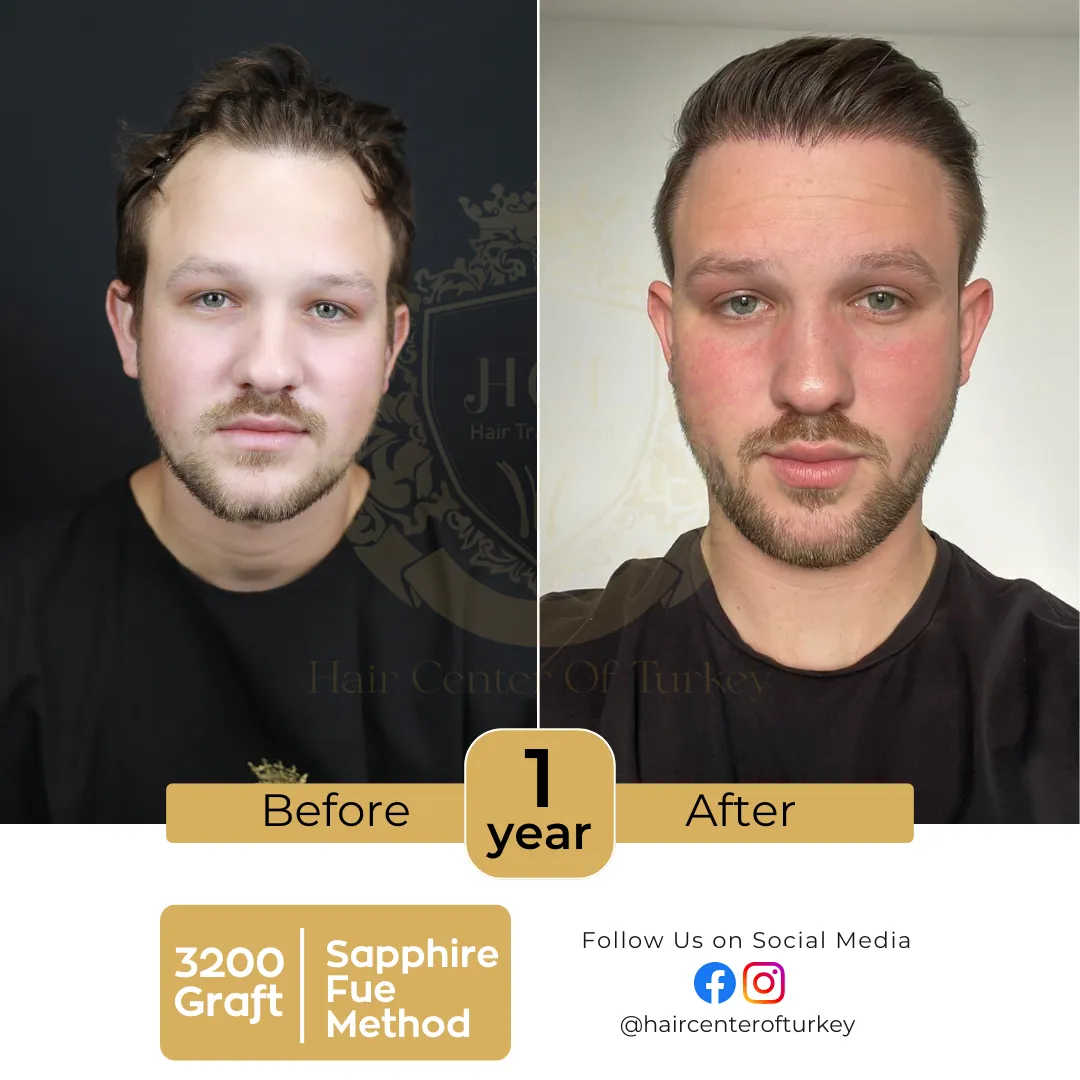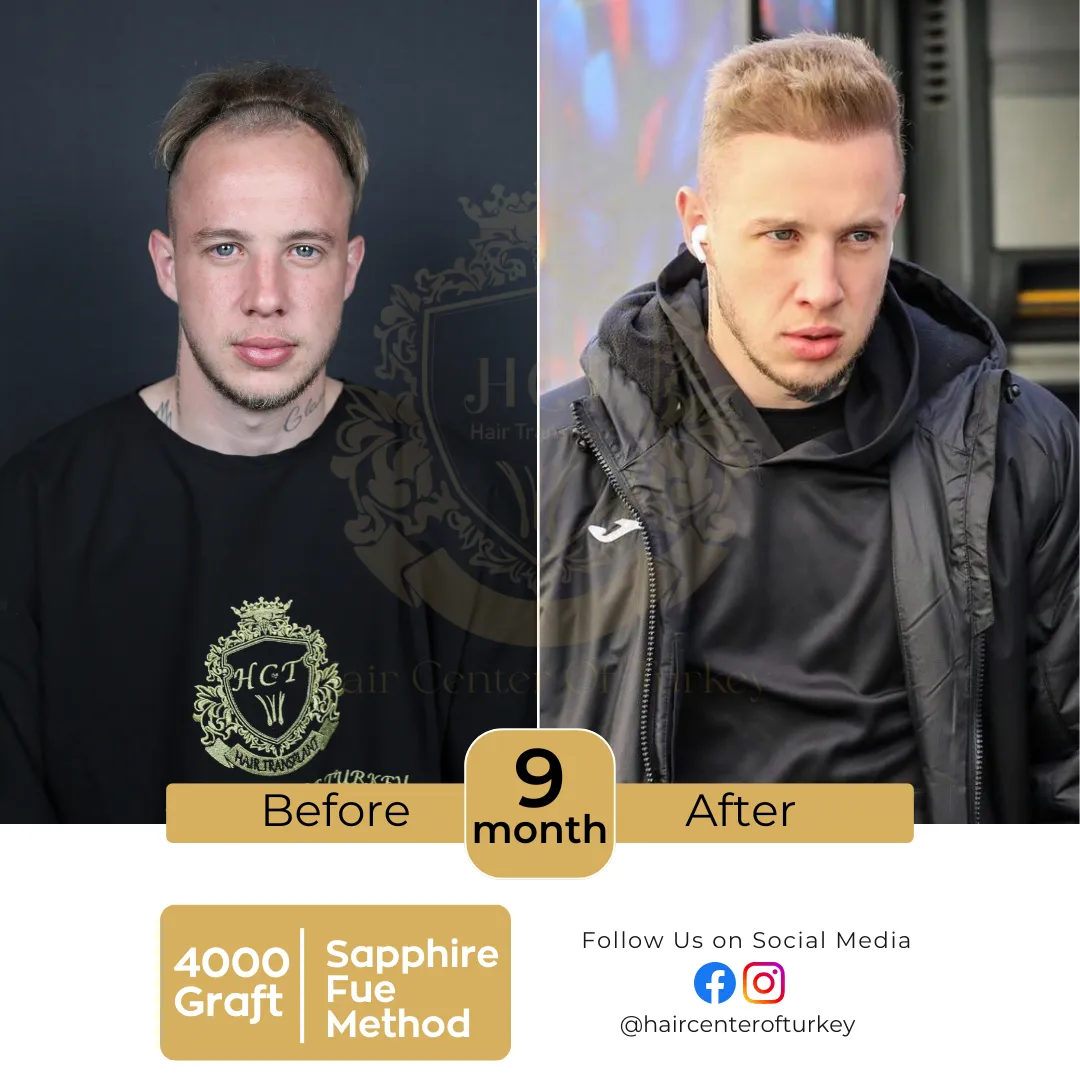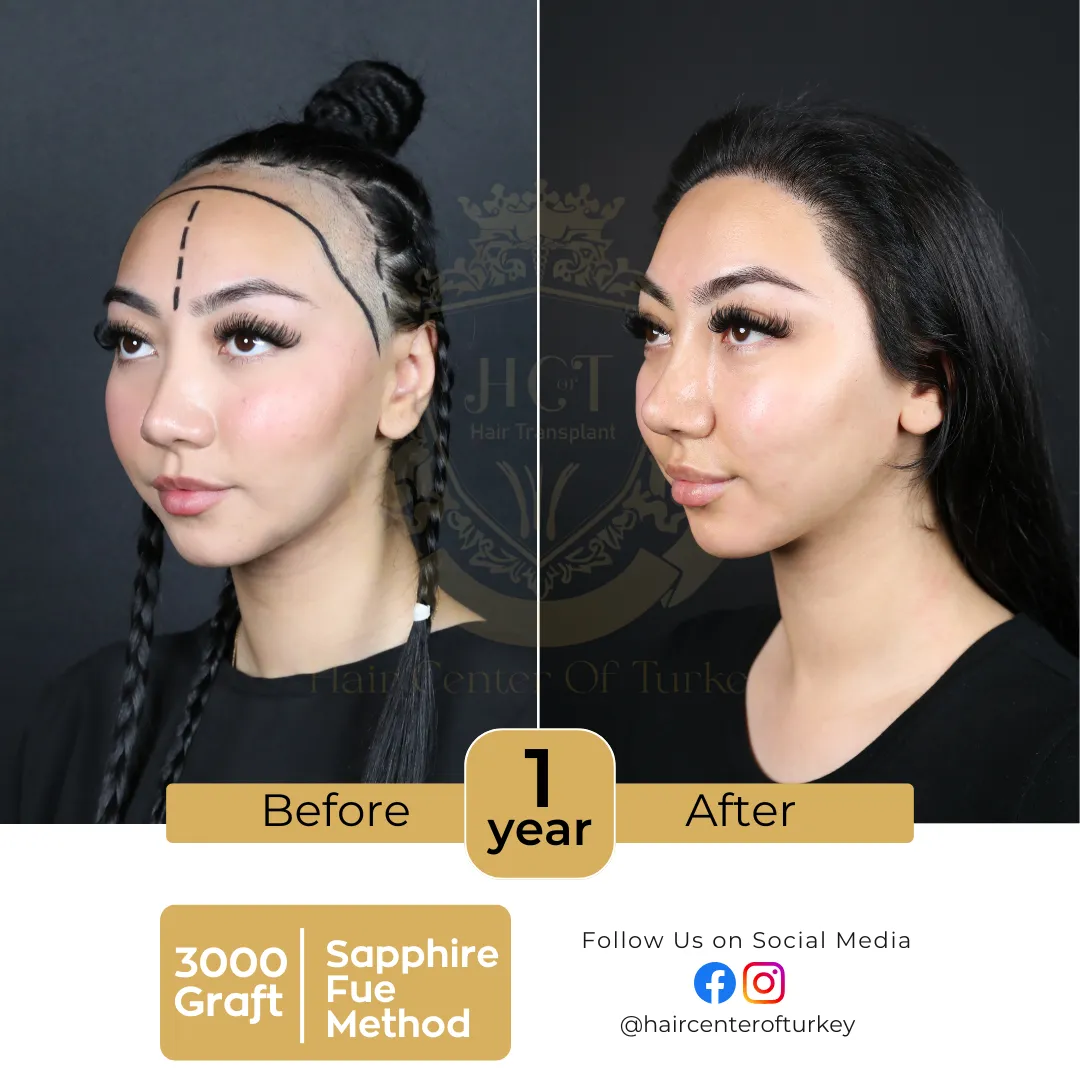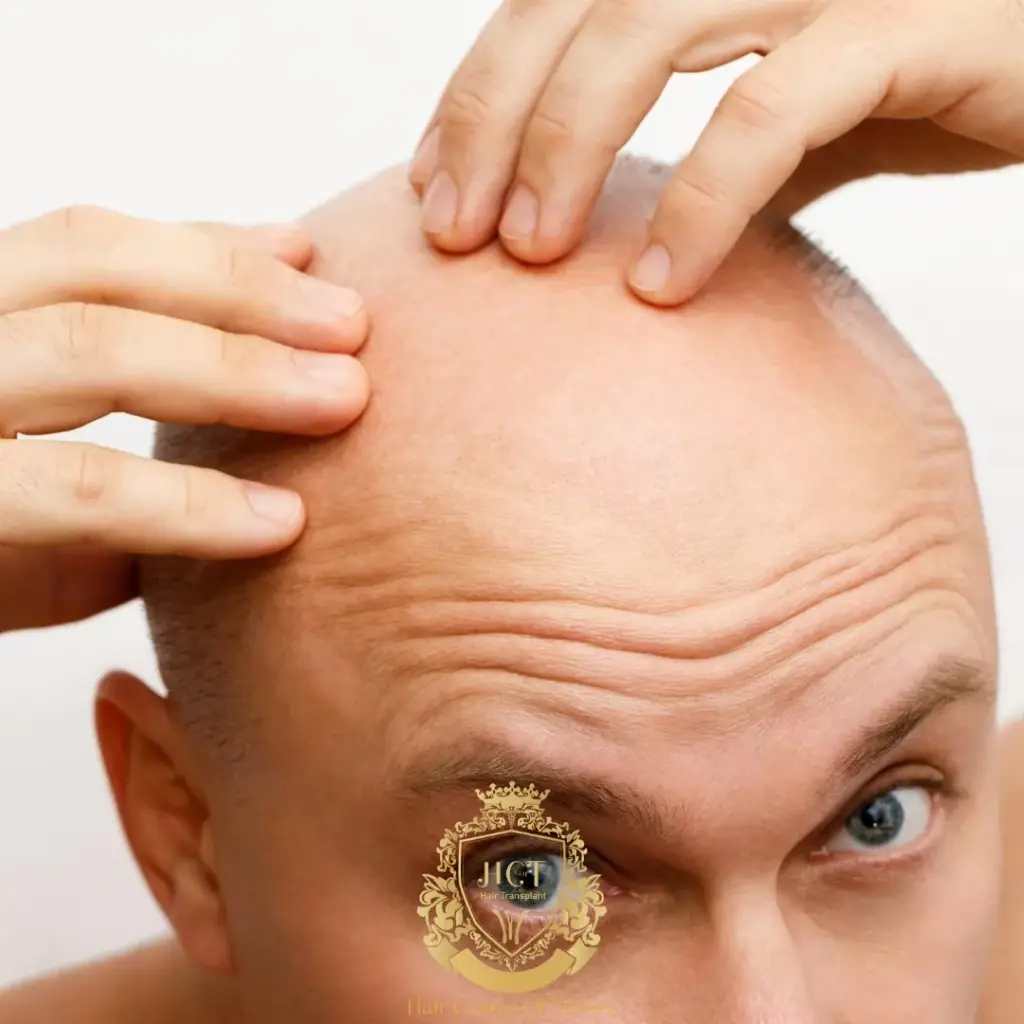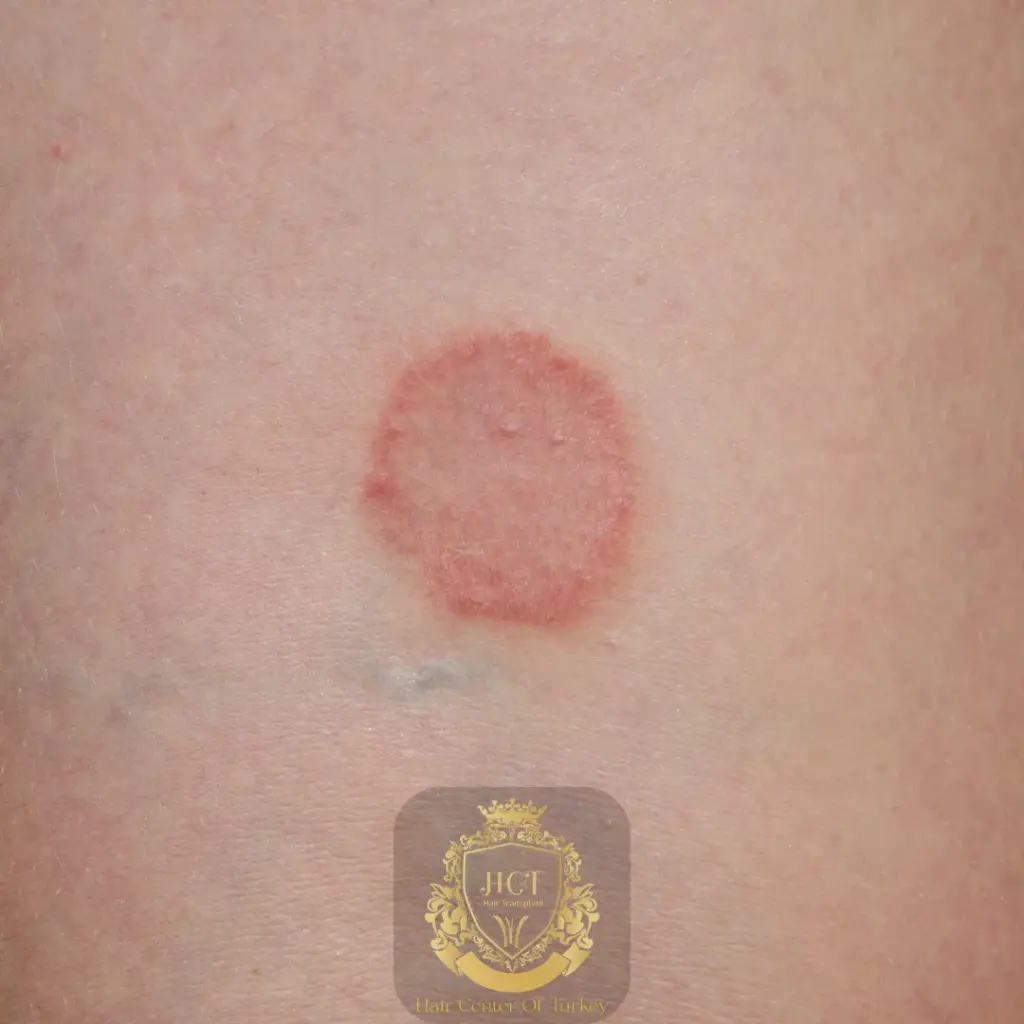What Happens During the Telogen Phase of the Hair Growth Cycle?
The hair growth cycle is a complex process consisting of three main stages: anagen (growth), catagen (transition), and telogen (resting). Each hair on your scalp is at a different stage of this cycle at any given time. The telogen phase, often referred to as the “resting phase,” plays a crucial role in natural hair shedding and renewal. But what really happens during this stage, and how does it impact hair health and hair loss?
What Is the Telogen Phase?
The telogen phase is the third and final stage of the hair growth cycle. It typically lasts between 2 to 4 months, during which the hair follicle remains inactive. At this point, the hair strand is no longer growing and is instead sitting in the follicle, preparing to be naturally shed and replaced by a new strand entering the anagen phase.
On average, 10–15% of the hairs on your scalp are in the telogen phase at any given time. This is completely normal and part of the body’s natural hair renewal process.
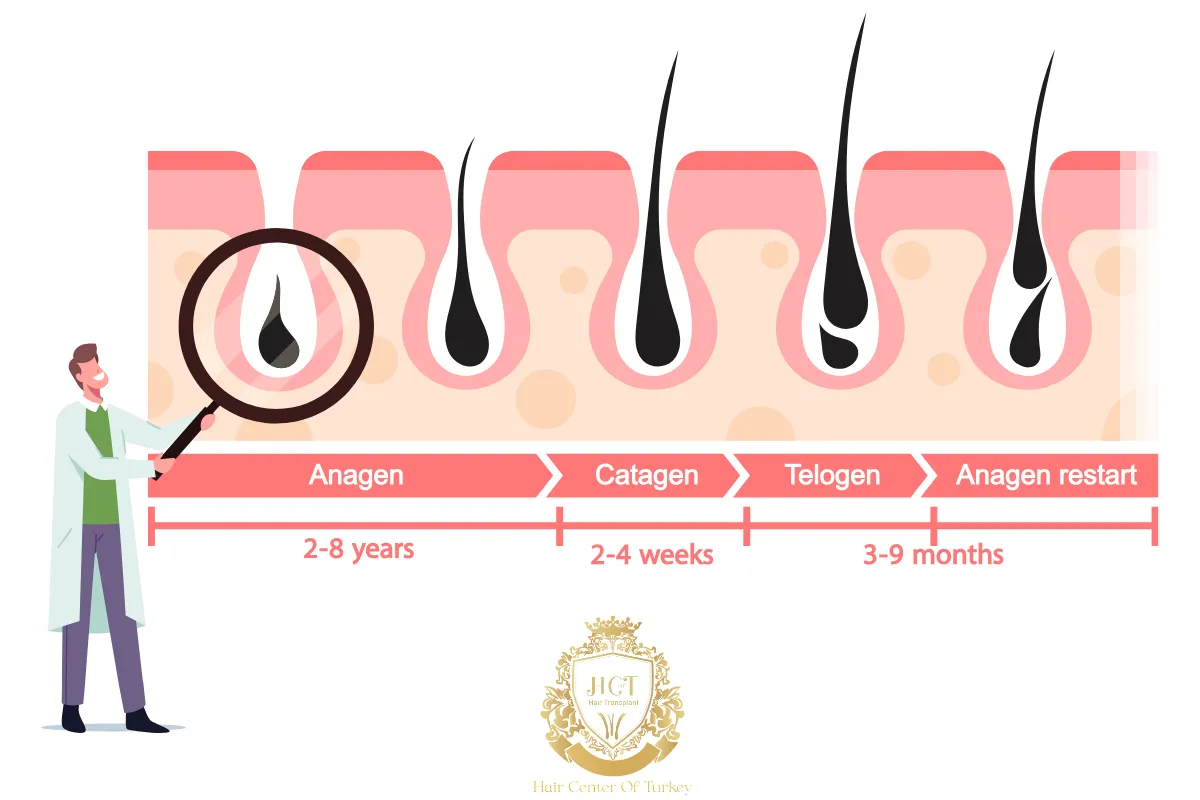
What Causes Hair to Enter the Telogen Phase?
Hair can enter the telogen phase due to both natural and external factors. Normal aging, hormonal changes, and seasonal hair shedding are typical triggers. However, certain conditions or lifestyle habits can prematurely push a large number of hairs into this resting phase, a condition known as telogen effluvium.
Common triggers include:
- Physical or emotional stress
- Surgery or illness
- Post-pregnancy hormonal shifts
- Crash diets or poor nutrition
- Medications (e.g., antidepressants, blood pressure drugs)
When too many hairs shift into the telogen phase at once, noticeable shedding may occur 2–3 months after the trigger event.
How Do You Know If You’re in the Telogen Phase?
You won’t feel the telogen phase physically, but you may notice more hair shedding than usual—especially when brushing or washing your hair. This is considered normal unless the shedding is excessive or persists for a long time.
Signs that indicate increased telogen activity include:
- Hair falling out easily with light tugging
- Hair strands with white bulbs at the root (indicating full-cycle shedding)
- Diffuse thinning across the scalp rather than patches of baldness
If you notice these symptoms persisting beyond 3–4 months, it may be time to consult a dermatologist or trichologist.

Can You Prevent or Manage Telogen Hair Loss?
While the telogen phase itself is natural and unavoidable, excessive telogen hair loss (telogen effluvium) can often be managed by addressing the underlying cause.
Effective strategies include:
- Stress management techniques like meditation or yoga
- Nutrient-rich diet with vitamins like B-complex, iron, and zinc
- Avoiding harsh chemical treatments and excessive heat styling
- Gentle hair care using sulfate-free shampoos
- Medical treatments like minoxidil if hair loss persists
In most cases, hair regrowth begins within a few months as follicles re-enter the anagen phase.
When Should You Seek Professional Help?
If your hair shedding feels sudden, dramatic, or is accompanied by other symptoms such as scalp irritation or fatigue, it’s best to get a professional evaluation. Lab tests may uncover nutritional deficiencies, thyroid disorders, or hormonal imbalances contributing to the hair loss.




